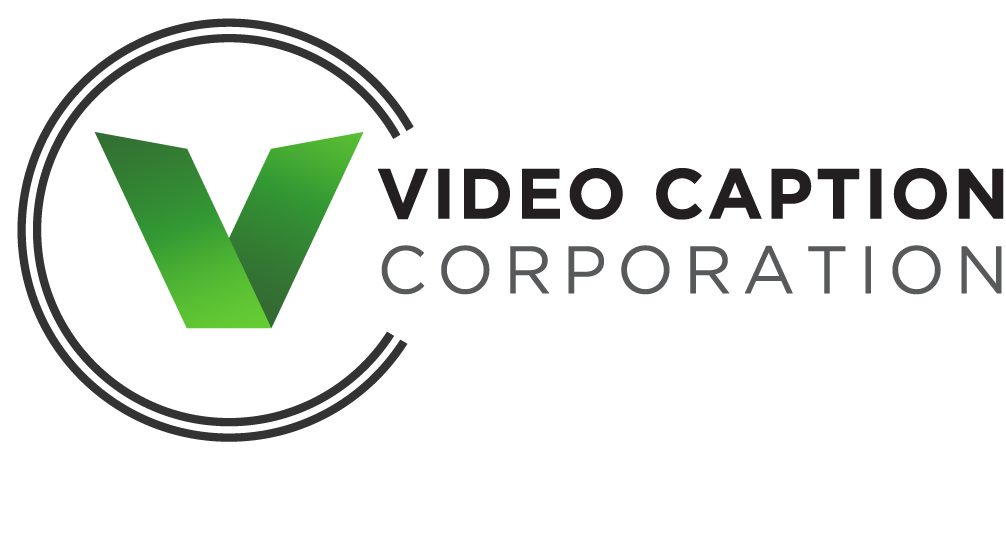When independent video producers commit their time, money, and effort to produce a show for broadcast, the subject of closed captioning often comes into play. In some cases, the networks or stations will include the service as one of the terms of accepting their show. More often, the stations or networks will advise producers to get their show captioned prior to submission.
The good news is that video captioning services are readily available – all one has to do is “google” the term on the Internet to find a list of possible providers. That said, not all closed captioning providers and their services are created equal, so video producers need to do their homework. Among the questions they should ask themselves are: To what extent do I wish to be responsible for the captioning process? And, what am I willing to accept in terms of caption quality, turnaround, reliability, and price?
The Outsourcing Opportunity
Having been affiliated with a closed caption service provider for quite some time, I can tell you that very few video producers are fully prepared for the added effort and expense of close captioning their shows. The best strategy is to plan upfront for the expense during the budgetary phase of your project. In the event that your show is ultimately picked up by a network and captioning is included in the deal, you can consider the “found money” in the captioning line item as gravy.
When outsourcing the closed captioning (as with the outsourcing of any function), the old adage, ‘You get what you pay for,’ holds. My advice is for video producers to engage a service provider that specializes in closed captioning, shows a strong commitment to technology (hardware and software), and maintains the highest product and service standards.
Captioning for Broadcast
Traditionally, there have been two styles of captioning – roll-up and pop-on. However, Video Caption Corporation offers three. Here is an overview:
Basic Roll-up style captions are fully FCC compliant. Our company’s captions are accurately transcribed, carefully timed, free of typos, and never cover onscreen graphics. Caption editors diligently research all unfamiliar terms for proper spelling. We also apply the same multiple-level quality control reviews as we do to our premium caption styles.
Our exclusive, Premium Roll-up style captions, take roll-up style captions to the next level by increasing overall readability. For instance, when captions are moved to avoid covering onscreen graphics, our caption editors do not simply relocate the three-line block of text as they would with Basic Roll-up. Rather, they anticipate the move by taking the text off the screen at the end of the sentence immediately prior to the graphic, and then begin the next sentence with the text in the new location. When consistent with the audio, the editors also time the text to come off the screen at the end of a scene and begin with the next scene.
Lastly, studies have consistently shown that pop-on style captions are preferred by deaf and hard-of-hearing viewers. Our company’s Pop-on Captions are carefully placed on the screen to indicate the speaker, and include descriptions of music and sound effects. They are ideal for programming where multiple characters appear onscreen simultaneously.
Internet Captioning
Although the FCC has not yet mandated the captioning of Internet video, an increasing number of video producers are offering captioned video online (e.g. YouTube, Facebook) and making it available for mobile players and devices. While reaching out to deaf and hard-of-hearing individuals on the Internet is one objective, savvy video producers realize that they are also accommodating the growing number of Internet users who prefer watching their video captioned with the audio turned off.
With so many users unsure of how to configure their media players for accessible viewing, open captioning is a smart strategy for the web. Here, users are given the choice of viewing two versions of their video: one with the captions burned onto the video and one without. By making these choices clearly visible onscreen and easy to use, video producers can dramatically reduce routine user queries.
Future of Captioning
Unquestionably, closed captioning is an important tool for video producers. By engaging the services of a reputable service provider, producers can take pride in the resulting product.
Constance Carlson is Vice President, Sales & Marketing, for Video Caption Corporation (www.vicaps.com), the leading source for offline captioning and subtitling solutions. Since 1997, the company has provided high quality English and Spanish offline closed captioning and multi-language subtitling for video and DVDs. It also captions and subtitles video for streaming media, and offers video format conversion, duplication, and related services.


